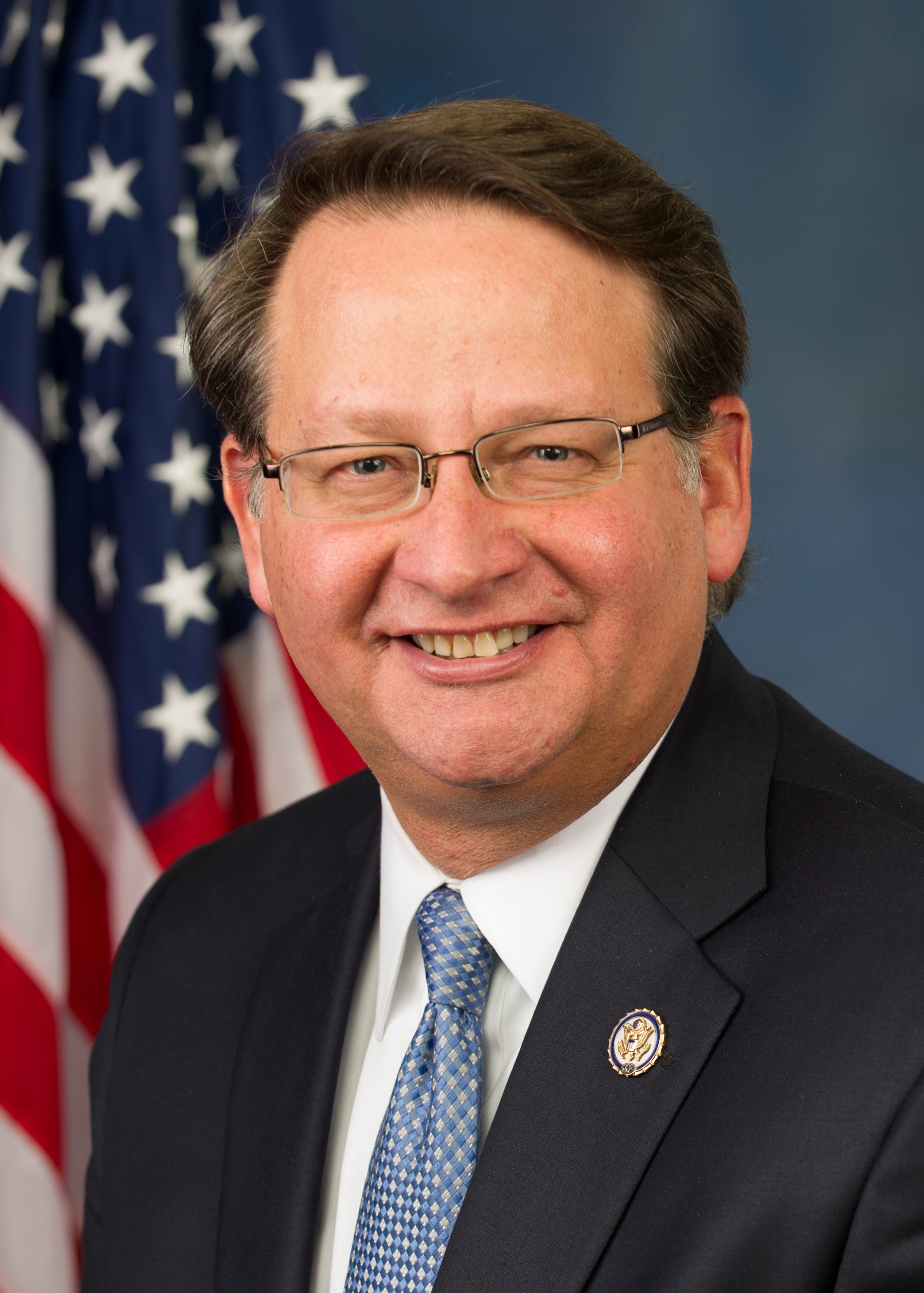 It is now well-known that youth who come into contact with the juvenile justice system have high rates of mental health and substance abuse conditions — rates that far exceed those of the general youth population. A multisite study conducted by the National Center for Mental Health and Juvenile Justice reported that among youth involved in the juvenile justice system:
It is now well-known that youth who come into contact with the juvenile justice system have high rates of mental health and substance abuse conditions — rates that far exceed those of the general youth population. A multisite study conducted by the National Center for Mental Health and Juvenile Justice reported that among youth involved in the juvenile justice system:
- 70 percent met criteria for a mental health disorder
- 40 percent met criteria for a substance use disorder
- 90 percent had been exposed to one or more traumatic events (such as abuse, neglect or witnessing violence)
Youth who are arrested are two times as likely to not graduate from high school as their nonarrested peers, a rate that increases to four times if they are formally processed through the court system. Young people with disabilities, including mental health and substance use conditions, are among those at highest risk for suspension and expulsion, which can be a precursor to juvenile justice involvement. Children who come into contact with the child welfare system are also at higher risk for subsequent juvenile justice involvement (so-called “crossover youth”).
What’s clear from these data points is that our child-serving systems are closely related to one another when it comes to identifying and addressing the needs of young people. Children who come into contact with the juvenile justice system, or one of these other systems, are much more likely to come into contact with one or more of the other systems as well. That being the case, one might expect to see extensive nationwide efforts to create a seamless array of services across child-serving systems. Unfortunately, systems for addressing the needs of youth are often built within, not across, these systems, resulting in what many refer to as “silos” or “fragmentation.”
A more seamless and integrated system would provide shared infrastructure to identify concerns early and improve access to effective services for all youth in need, regardless of system involvement. From this perspective, the great challenge of the future is not the development of the next effective service for children in need. We have many of those already.
The great challenge is getting all child-serving systems — behavioral health, juvenile justice, education, child welfare and others — to truly partner with one another in a way that more efficiently addresses the needs of at-risk youth.
In Connecticut, tremendous progress is being made, but much work remains to be done. Through the implementation of the Children’s Behavioral Health Plan, system partners like the state Department of Children and Families (DCF) and the Judicial Branch’s Court Support Services Division (CSSD) are working toward better integration of finances, provider networks and data. Access is being expanded so that there is “no wrong door” for receiving services.
Below are just a few strategies and examples from Connecticut for enhancing integration across behavioral health, juvenile justice and other systems.
- Develop infrastructure for full system integration.
Legislation like Public Act 13-178 and Public Act 16-147 are helping to drive system integration efforts in behavioral health and juvenile justice. As a result, Connecticut is working toward a more seamless and integrated behavioral health system in which all children in need of services, regardless of the system in which they happen to be involved, can access treatment.
The SAMHSA-funded CONNECT system of care expansion supports system integration via financing, data and provider networks, placing youth and families front and center as system reform partners. Connecticut has begun implementation of a Care Management Entity, managed by Beacon Health Options, to provide access to care coordination using a high-fidelity wraparound approach. In places like New Jersey and Milwaukee County, tremendous progress has been made over the last several years to streamline access to behavioral health services and break down silos.
- Invest in juvenile justice diversion.
Many are coming to realize the importance of reducing juvenile justice system contact by diverting youth with behavioral health needs into community-based treatments and supports. Families, schools and police in Connecticut are able to access a robust, statewide Mobile Crisis Intervention Services system that provides an alternative to arrest in the midst of a behavioral health crisis. Police officers are being trained in Crisis Intervention Training for Youth to better recognize and respond to mental health needs.
The School-Based Diversion Initiative (SBDI) is working with schools to reduce arrests and increase behavioral health service referrals. SBDI has developed a toolkit for schools interested in self-guided implementation of some of the core principles of the model.
- Provide cross-system training and support to recognize mental health symptoms.
Systems work best when individuals stop asking “What’s wrong with this child?” and start asking “What happened to this child?” That can lead to a better recognition of trauma exposure and symptoms, and higher likelihood of referral to services and supports. The mental health workforce includes more than behavioral health service providers. It includes youth and family members, pediatricians, early care and education providers, law enforcement, probation officers, educators, child welfare and many others. Training in a common language and approach has huge potential for transforming systems.
- Screen for mental health, substance use, and trauma across child-serving systems.
Too often, the behavioral health needs of youth go unidentified and unaddressed, despite their high prevalence in juvenile justice, child welfare and special education settings. The CONCEPT initiative in Connecticut resulted in the development of a 10-item trauma screening instrument, the Connecticut Trauma Screen, which is now being implemented statewide by juvenile probation officers and child welfare professionals. DCF and CSSD are also involved in training their personnel in the Screening, Brief Intervention, and Referral to Treatment (SBIRT) process to enhance capacity for early identification of substance use, mental health, and trauma.
- Expand access to evidence-based treatments.
In Connecticut, the expectation that effectiveness must be demonstrated has helped drive demand for evidence-based treatments in child-serving systems. Trauma-Focused Cognitive Behavioral Therapy (TF-CBT) is among the most widely supported trauma treatments for children. In Connecticut, DCF and CSSD jointly fund a dissemination of TF-CBT that is reaching thousands of children each year. Furthermore, in an effort to better integrate behavioral health treatment in educational settings, DCF is funding a dissemination of the Cognitive Behavioral Intervention for Trauma in Schools (CBITS).
For the thousands of youth with behavioral health needs and juvenile justice system involvement, there is no better time than now to take a hard look at building more effective and integrated systems that support early identification and access to treatment for youth in need, and their families.
Jeffrey J. Vanderploeg, Ph.D., is vice president for mental health initiatives at the Child Health and Development Institute. His work focuses on developing effective policies, systems and practices for the prevention and treatment of mental health conditions among children and adolescents. He oversees initiatives in the areas of school-based mental health, evidence-based practice dissemination, trauma-informed care and system development and integration.






























